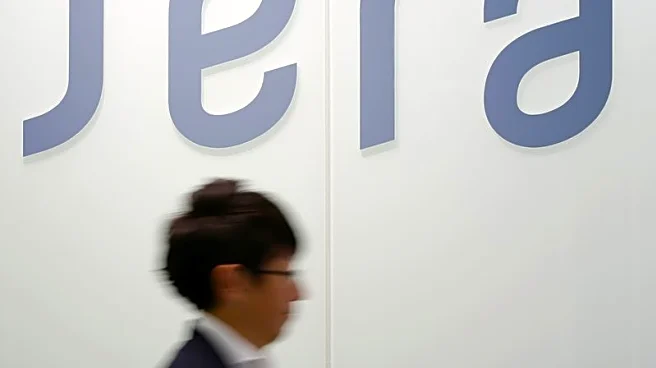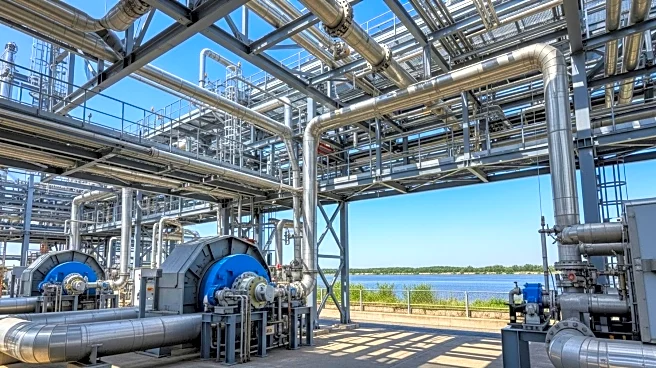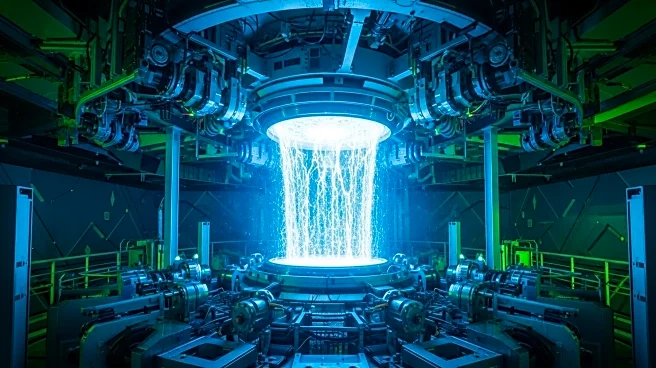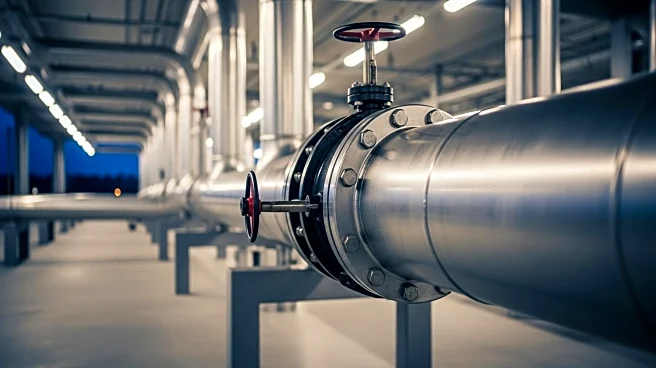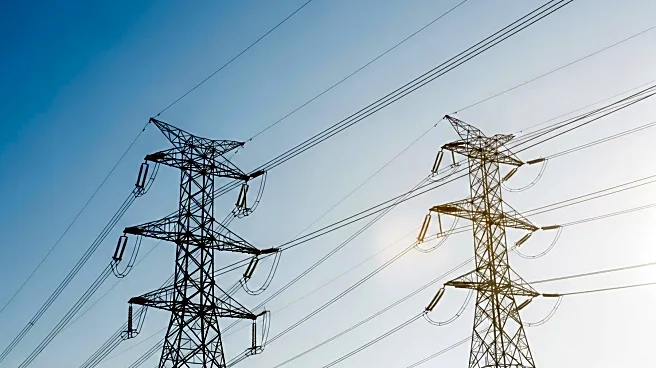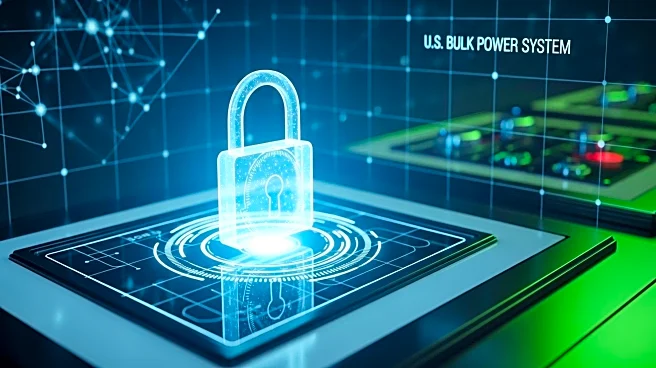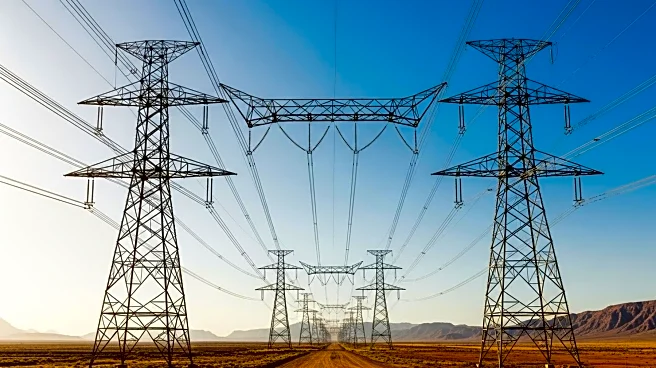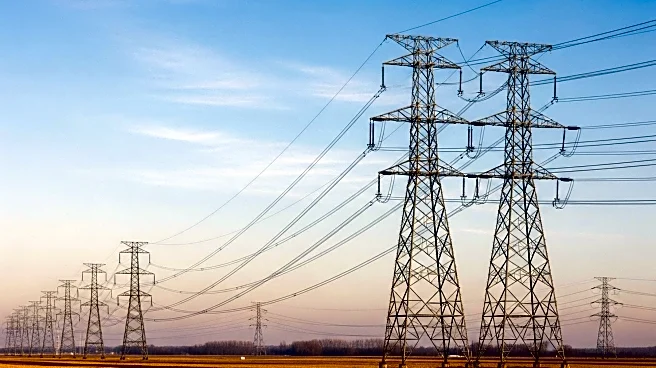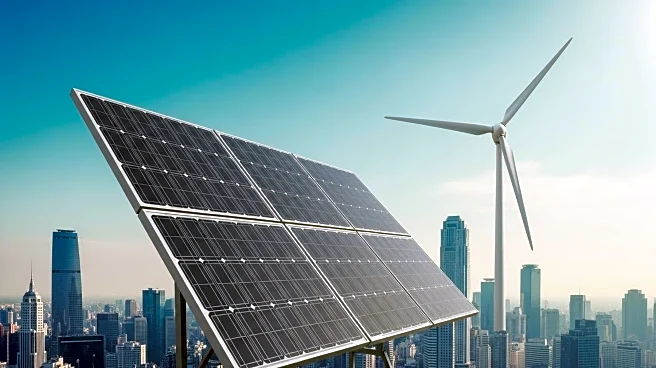What is the story about?
What's Happening?
Federal Energy Regulatory Commission (FERC) Chairman David Rosner has outlined his priorities during his first open meeting as head of the agency. Rosner, who replaced Mark Christie in August, emphasized the need for abundant and affordable energy to drive economic growth. He is focused on infrastructure development, stating, 'We need to build, build, build.' Rosner aims to issue guidance on colocating data centers with power plants in the PJM Interconnection. This initiative is part of a broader effort to connect new generation to the grid faster and make fair and swift decisions on pipelines, hydropower, liquefied natural gas, and transmission lines. Rosner's tenure as chairman may be short-lived, as Republicans Laura Swett and David LaCerte are advancing through the Senate confirmation process to fill FERC's two empty seats.
Why It's Important?
Rosner's focus on infrastructure and energy reliability is crucial for the U.S. economy, particularly in the context of reshoring manufacturing and competing in the AI race. His emphasis on creating stable market price signals is intended to facilitate the construction of new infrastructure where needed, which could significantly impact energy markets and related industries. The colocation of data centers with power plants could enhance efficiency and reliability, benefiting tech companies and energy providers. However, the uncertainty surrounding Rosner's tenure as chairman could affect the continuity of these initiatives, potentially impacting regulatory stability and long-term planning for stakeholders.
What's Next?
FERC is expected to resolve the pending PJM colocation docket, which could set a precedent for colocated load in power markets. Commissioner Lindsay See aims to balance speedy decision-making with regulatory certainty, ensuring that FERC's orders withstand legal scrutiny. FERC may also launch a 'blanket certificate' program for LNG export facilities, streamlining routine activities without specific permissions. The U.S. continues to expand its LNG export capacity, with several projects under construction and more awaiting approval. These developments could influence global energy markets and U.S. trade dynamics.
AI Generated Content
Do you find this article useful?


